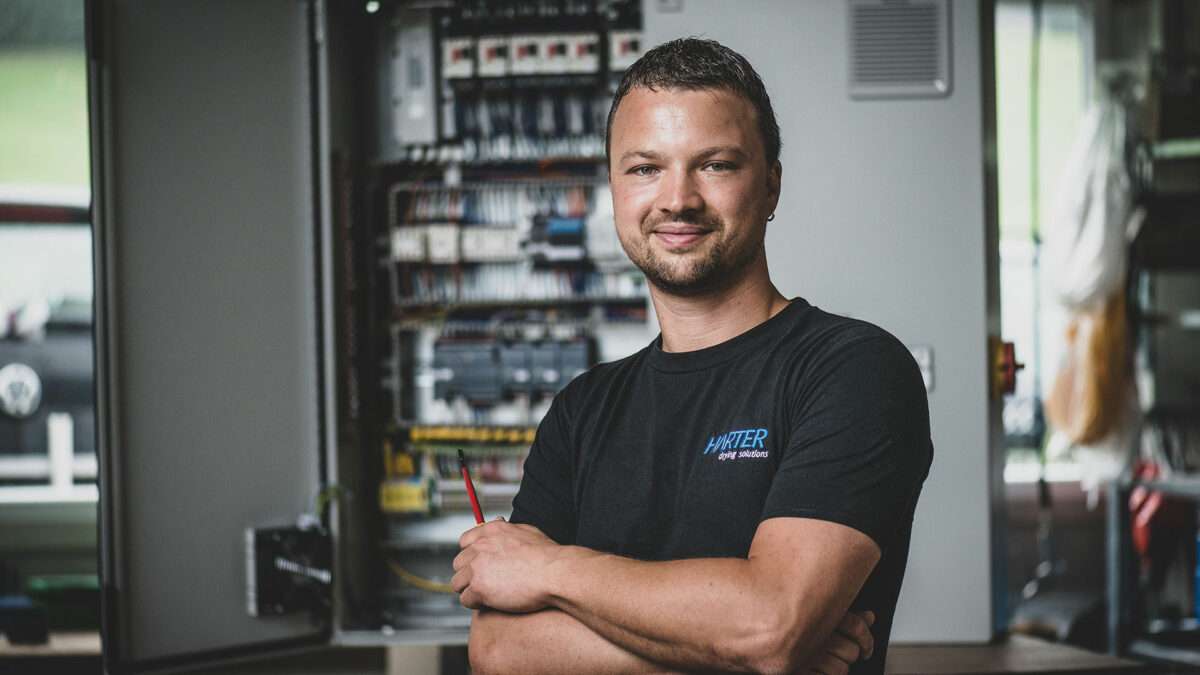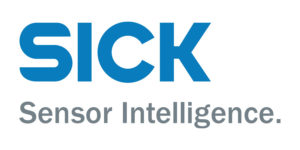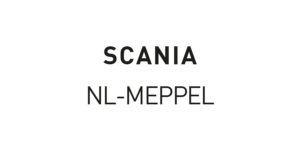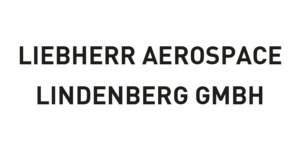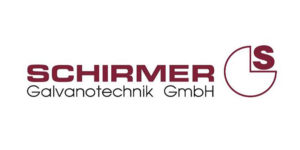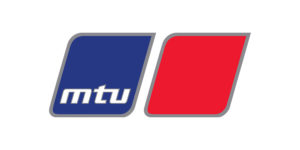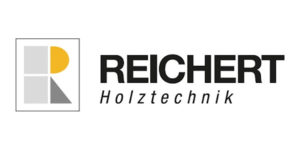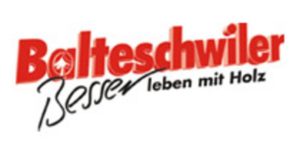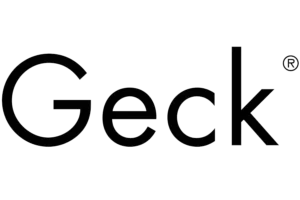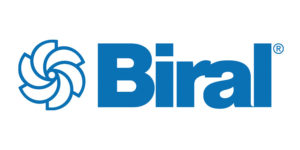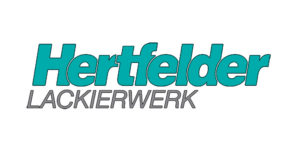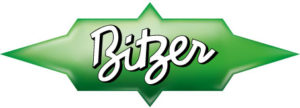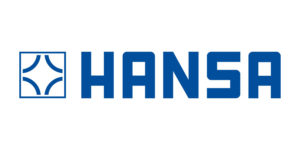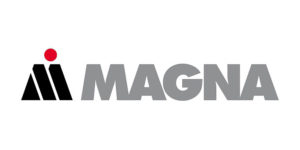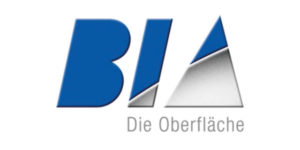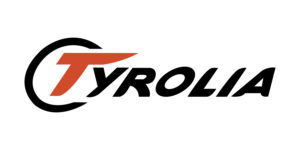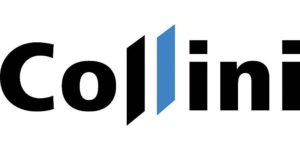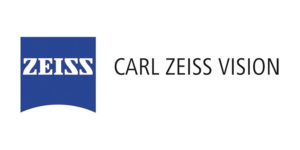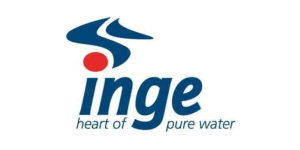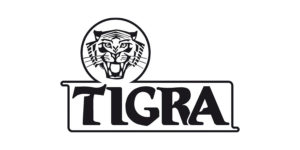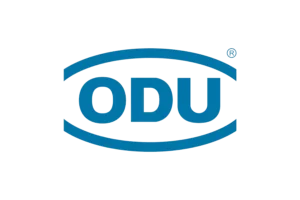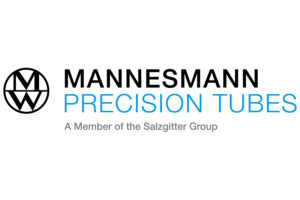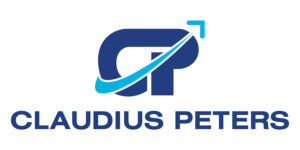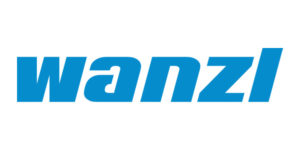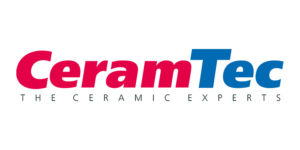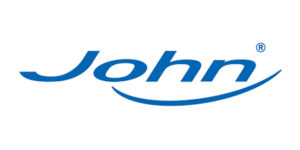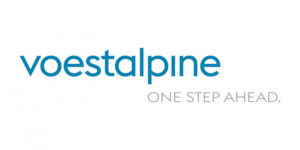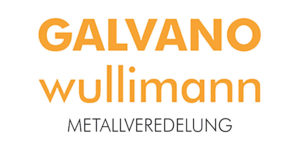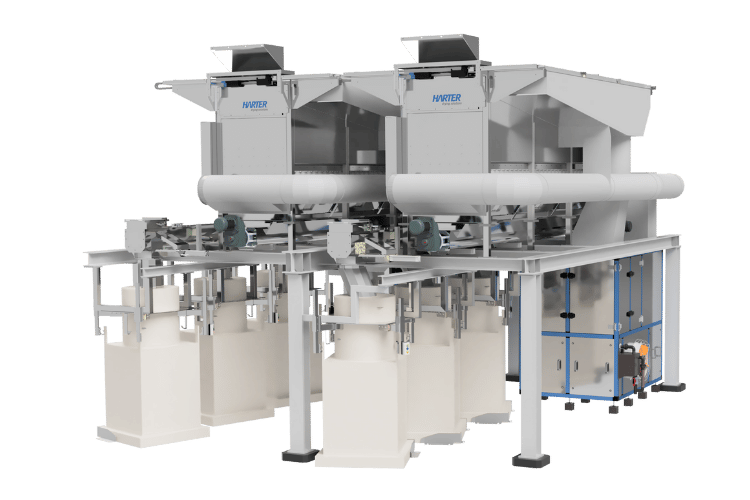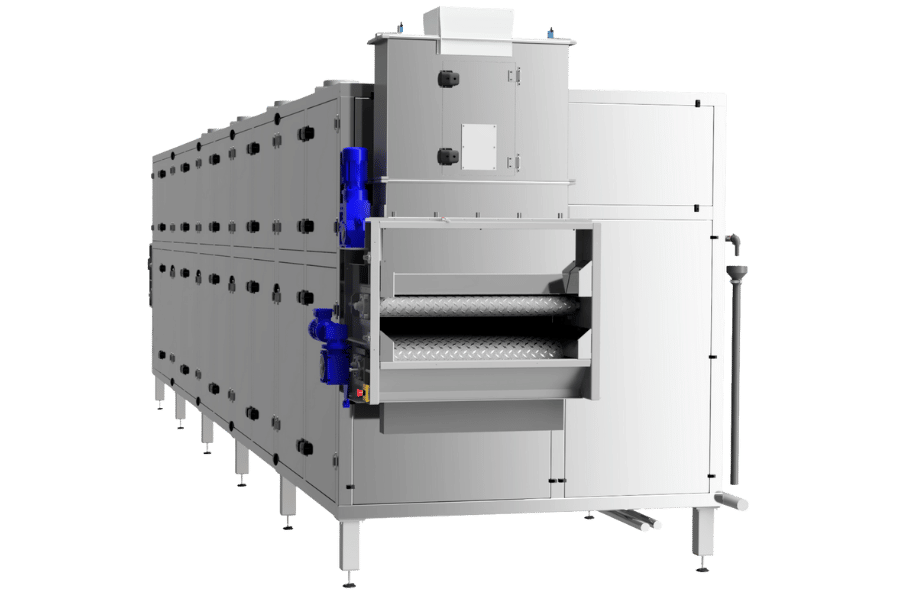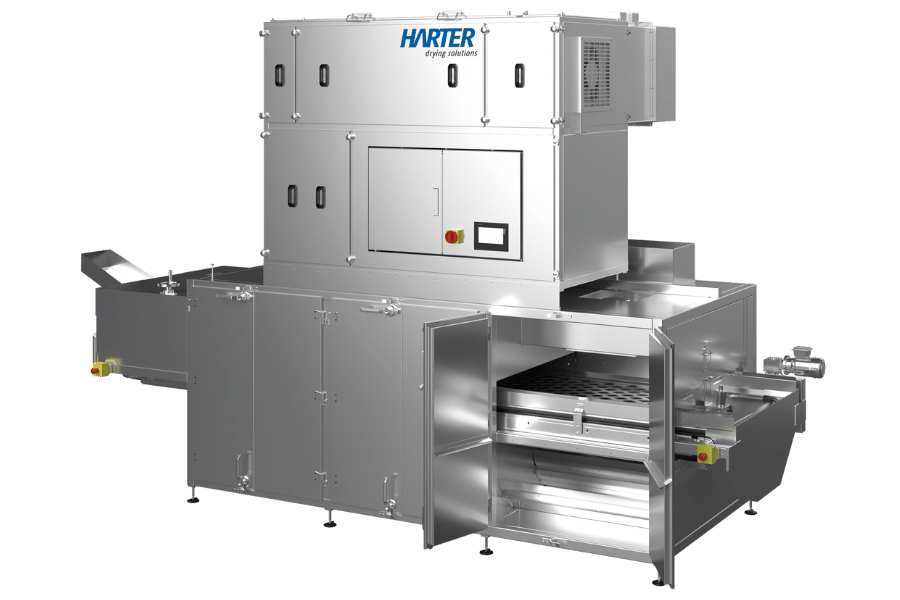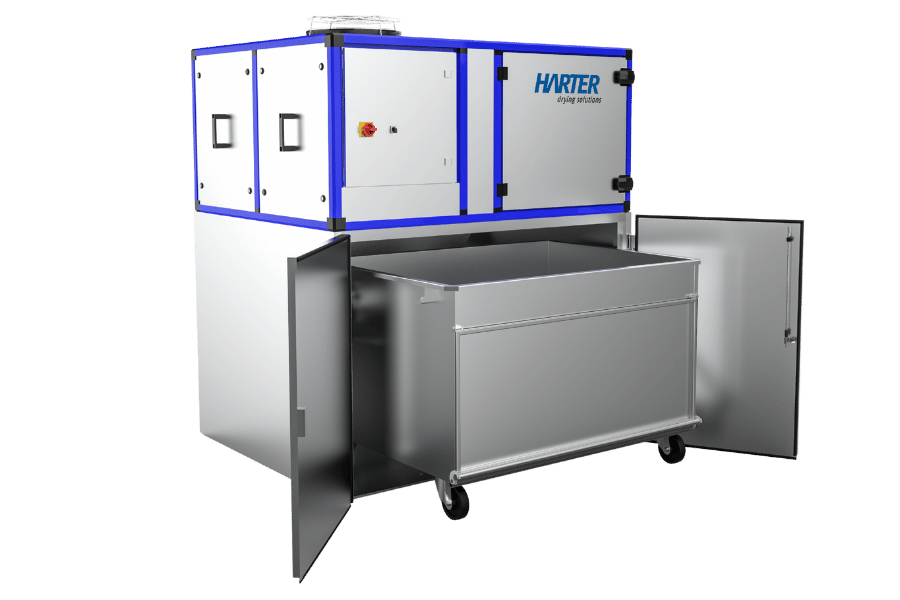The drying of sewage sludge is a central issue for municipal and industrial operations. With a HARTER belt dryer for sewage sludge, you reduce volume, weight, and costs – while achieving maximum energy efficiency and process reliability.
Thanks to heat pump technology, the drying process operates exhaust-free, low-odor, and independently of ambient air.
How HARTER develops customized systems is shown here: How solutions for heat pump dryers are created.
Technical background information can be found under: Energy-saving drying with heat pump.
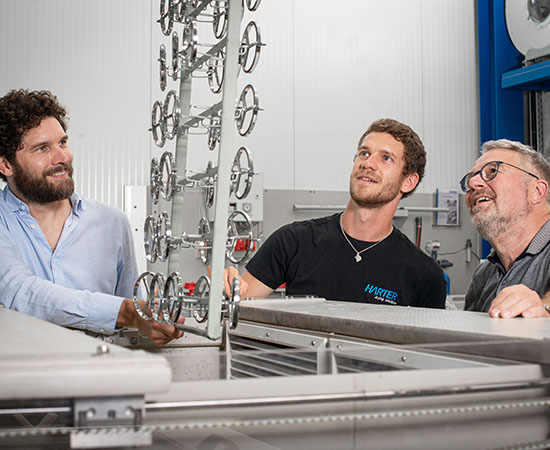
Do you require a custom solution and/or would you like to test the drying process beforehand?
Development with practical tests in our in-house development center
We are an innovation-driven team and welcome new challenges. HARTER tests your custom solution in the technical center under realistic conditions, optimizes the parameters, and documents the results transparently. Please contact us – we would be pleased to provide you with a non-binding consultation!
Drying systems
in over 20 countries stand for our quality
Employees
from all areas ensure a high level of vertical integration
Years of experience
in the development of innovative drying systems
Belt Dryer for Sewage Sludge – Operating Principle and Technical Advantages
In the belt dryer, the pre-clarified and mechanically dewatered sludge is evenly applied to a moving conveyor belt. In the closed drying chamber,
Advantages at a glance:
- up to 70% energy savings compared to conventional hot air drying
- uniform residual moisture levels due to consistent airflow
- exhaust-free operation without odor emissions
- low-maintenance plant technology with high availability
- flexible adaptation to throughput and sludge structure
The process parameters – temperature, air volume, and humidity – can be precisely controlled and monitored. This makes the HARTER belt dryer ideal for municipal wastewater treatment plants and industrial operations aiming for a sustainable disposal strategy.
Insights into efficiency and scalability are offered by: Expanding capacities with heat pump dryers.
Sewage Sludge Dryer
Belt Dryer for Sewage Sludge – Areas of Application and System Design
HARTER supplies belt dryers for a wide variety of sludge types and applications – from municipal wastewater treatment plants to special wastewater from industrial processes.
Typical applications:
- Municipal and industrial sewage sludges
- Metal hydroxide sludges and electroplating residues
- Food and biogas sludges
- Chemical or pharmaceutical filter cakes
System Configuration:
- Continuous operation for high drying capacity
- Multi-level belt guidance for optimized space utilization
- Individually adapted airflow (vertical or horizontal)
- Stainless steel construction for durability and hygiene
Drying takes place at temperatures from 30 °C to 75 °C – gently, energy-efficiently, and uniformly. Thanks to the modular design, the system can be easily integrated into existing process lines.
Before implementation, HARTER tests your original sludges in the technical center. There, the optimal process parameters – temperature, air volume, and drying time – are determined as the basis for a validated series production plant.
Further cross-industry solutions can be found under: Industries.
We dry with dry air and deliver it to the right places: A perfect interplay of air preparation and air guidance provides you with the best possible drying result.
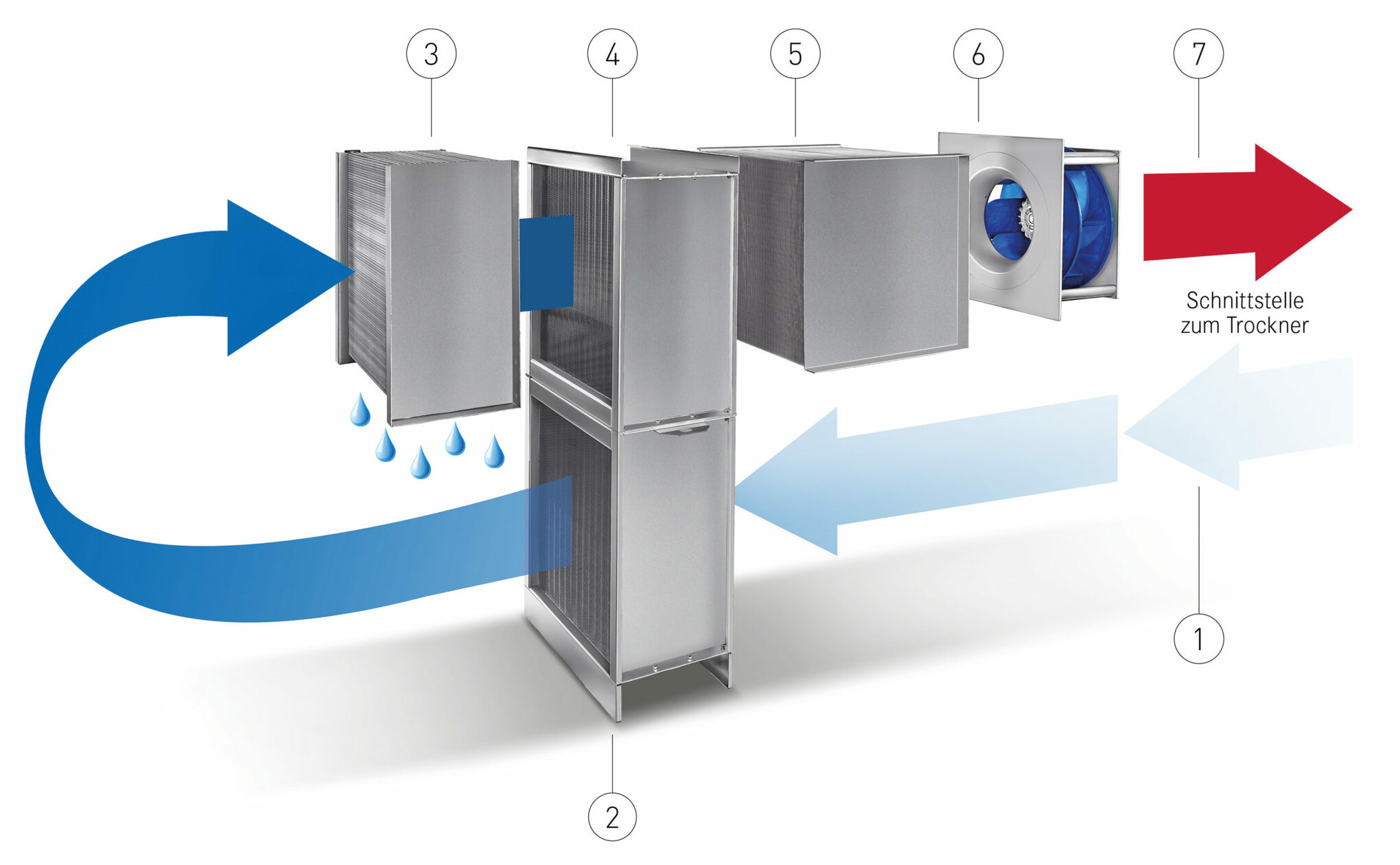

Reliable – Competent – Long-term
Service that thinks ahead – for years to come
With the HARTER After-Sales Service, you secure a reliable and efficient drying solution for the long term. Whether it’s maintenance, spare parts supply, or technical adjustments – we support your system throughout its entire life cycle and ensure that it delivers optimal results at all times.
Belt Dryer for Sewage Sludge – Sustainability, Energy Efficiency, and Operational Reliability
With a HARTER belt dryer, you rely on future-proof technology that is ecologically and economically convincing. The closed air circuit prevents energy losses and protects the environment from emissions.
Sustainable advantages:
- up to 70% lower energy consumption
- CO₂ reduction through recovery of process heat
- no exhaust air emissions or odor emissions
- eligible technology according to current energy efficiency guidelines
- short payback periods due to low operating costs
Drying significantly reduces sludge volume and simplifies transport and utilization. Thanks to automatic process control, the systems operate largely maintenance-free and 24/7 in continuous operation.
How HARTER develops such customized systems is shown here: How solutions for heat pump dryers are created.
What our customers say
“Sometimes it is better to say nothing and let your customers speak for themselves.”
– Regina Mader, Managing Director
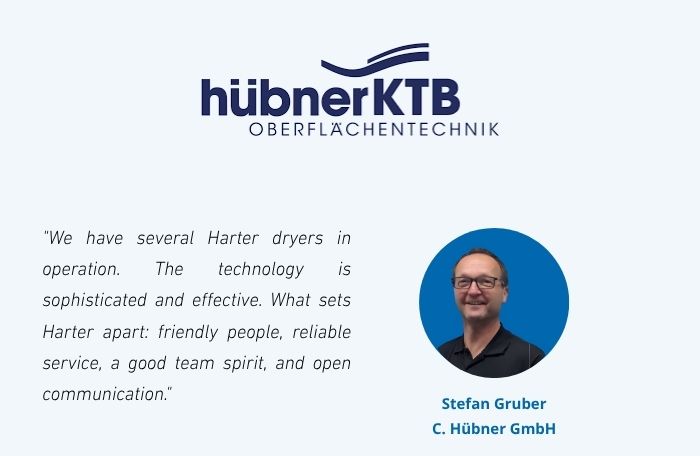
FAQ – Frequently Asked Questions about the Belt Dryer for Sewage Sludge
Fill out the form now and we will get in touch with you as soon as possible.
Brochures, technical reports, and press articles for those who want to know more details.
